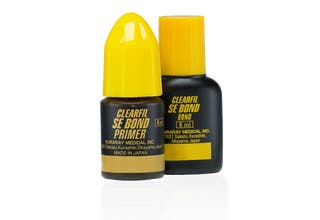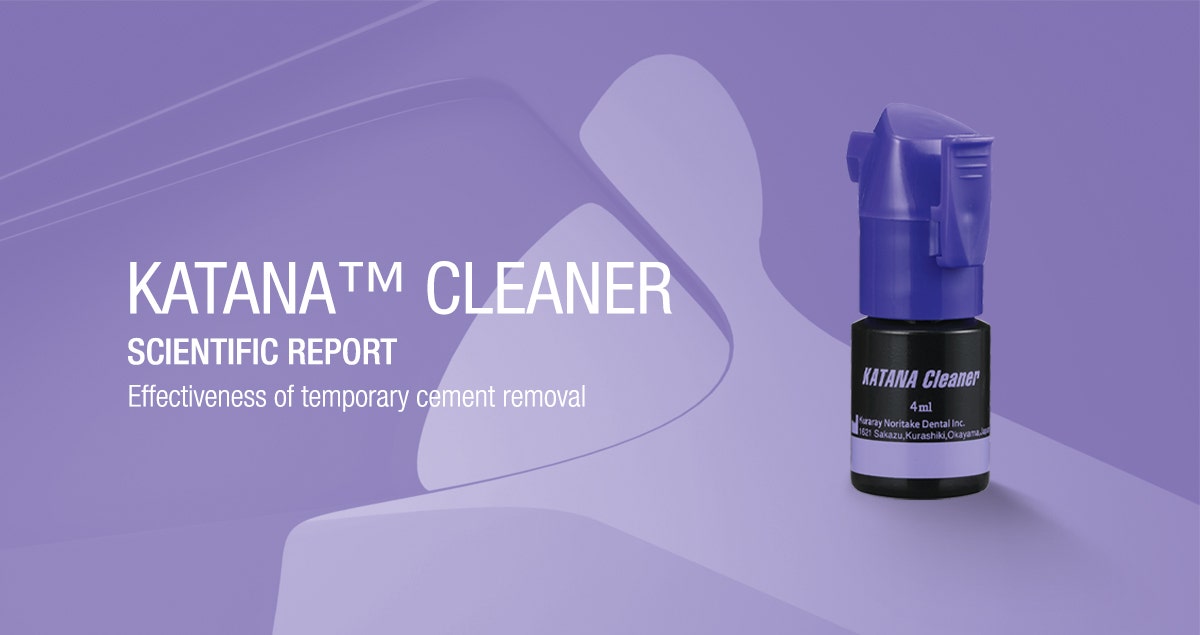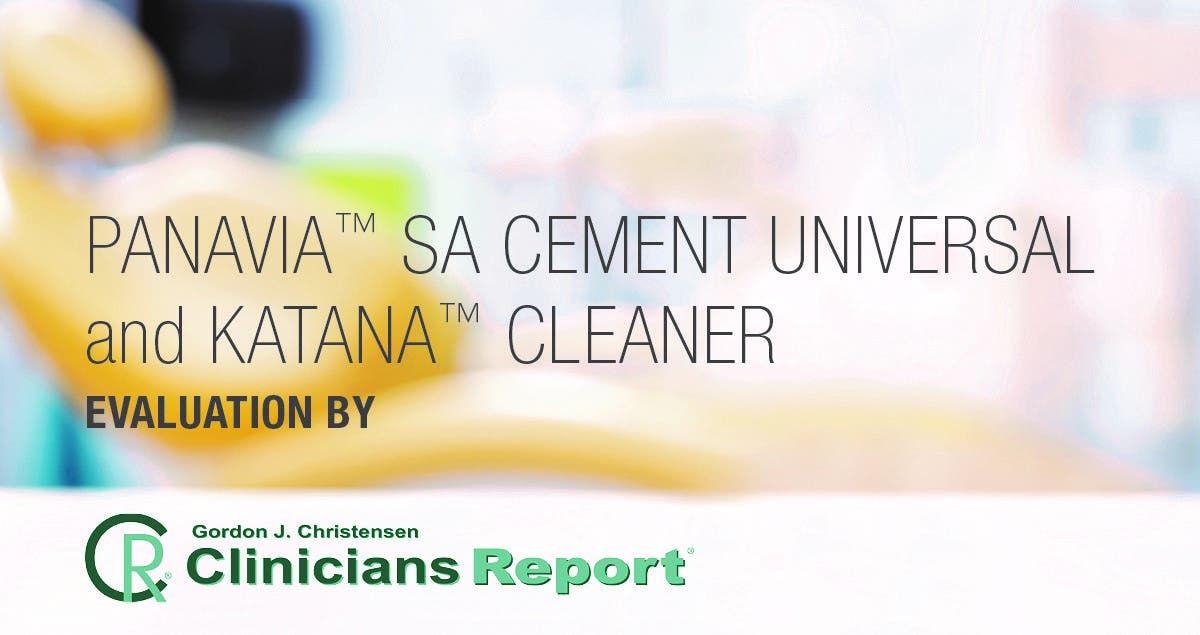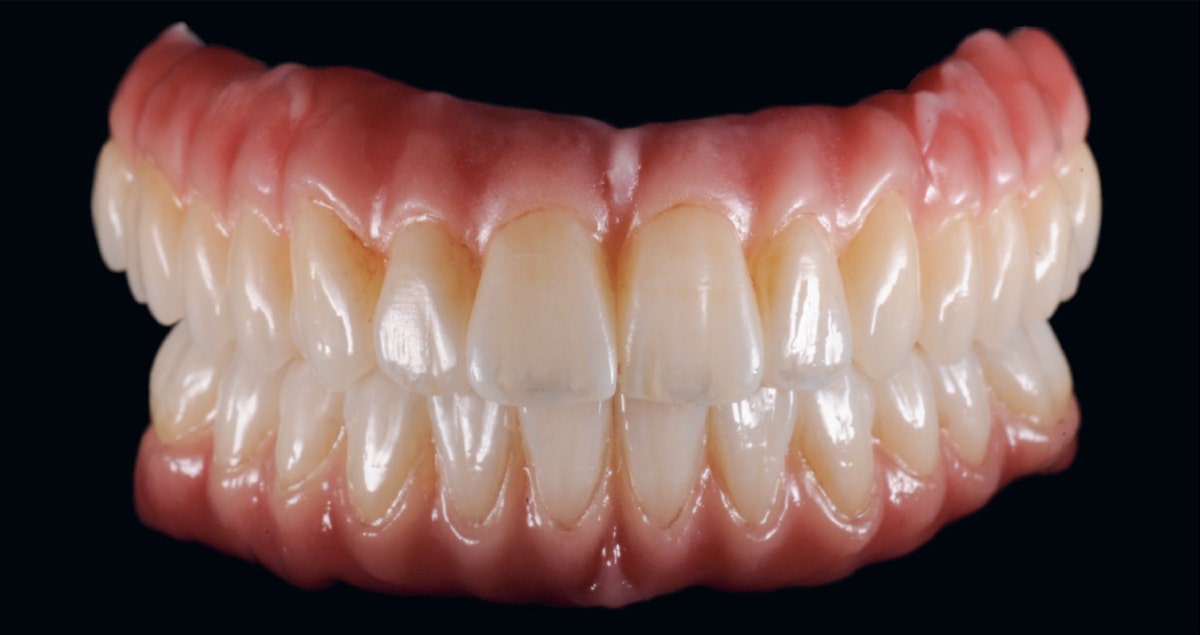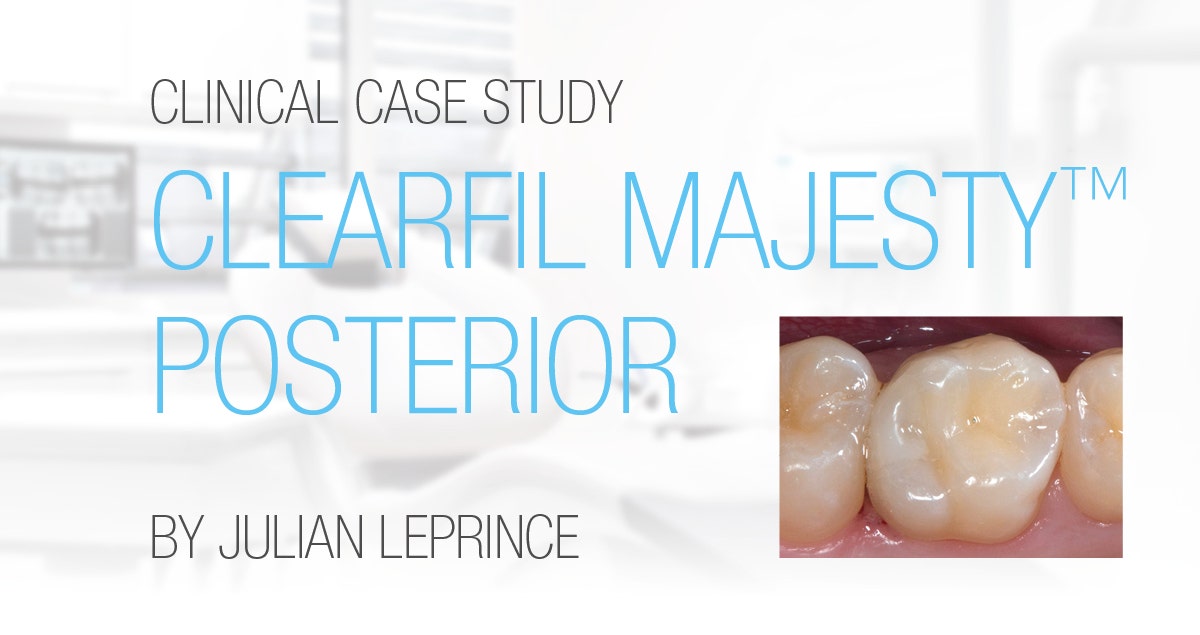
Clinical case with CLEARFIL MAJESTY™ Posterior
By Julian Leprince, UCLouvain
PROXIMAL RESTORATION
POSTERIOR // 26 DEEP DISTAL
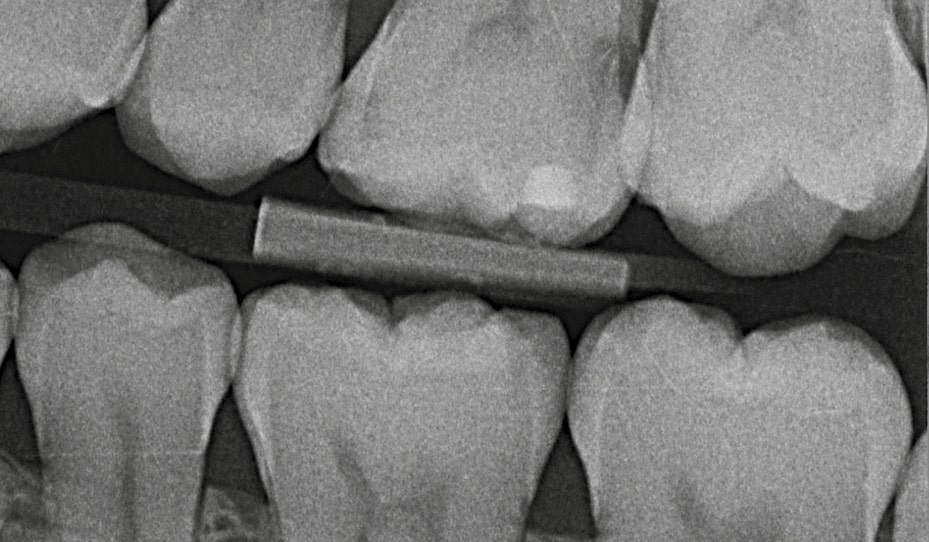
- Patient stated they experienced occasional sensitivity to heat/cold.
- Preoperative bite-wing X-ray. Carious lesions in 26 M and D.
- Decided to monitor 26 M (caries limited to the outer dentin zone > just 35% of these lesions were cavitated; per Hintze et al., Caries Res 1998).
- Decided to treat 26 D; treatment classified as difficult due to the limited juxtaosseous space.
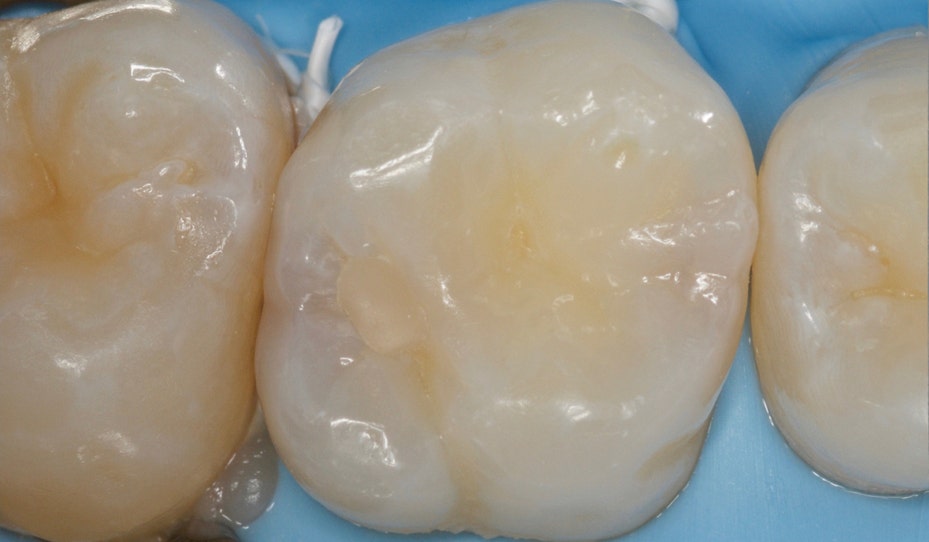
- Clinical preoperative situation.
- Rubber dam positioned (clamp on 27, ligatures at elements 25-26-27), limited connection at the height of 27 palatally. Deemed acceptable due to the absence of blood and saliva.
- A gray discoloration can be observed at the height of the mesial marginal ridge (limited) and distally (extensive). An old composite restoration is visible in the distal fossa.
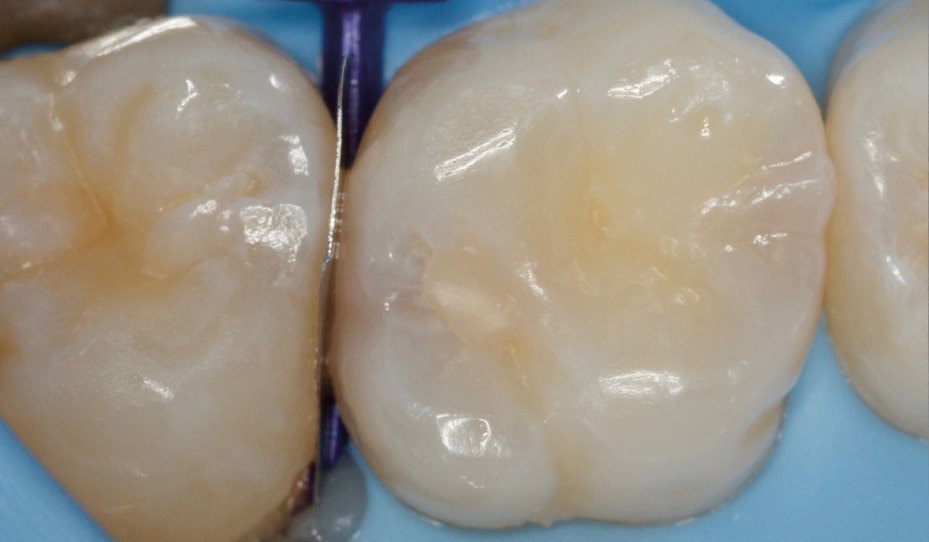
- Positioning a protective system – a combination of a plastic wedge and a straight small metal plate – to prevent damage to the neighboring element during the mounting process.
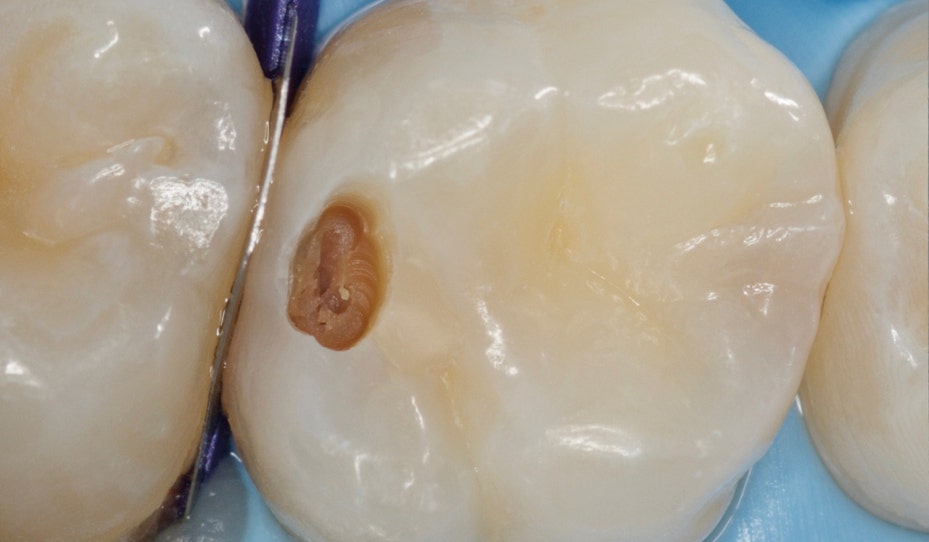
- Drilling through the enamel to access the softened dentin, which can be excavated with a hand tool.
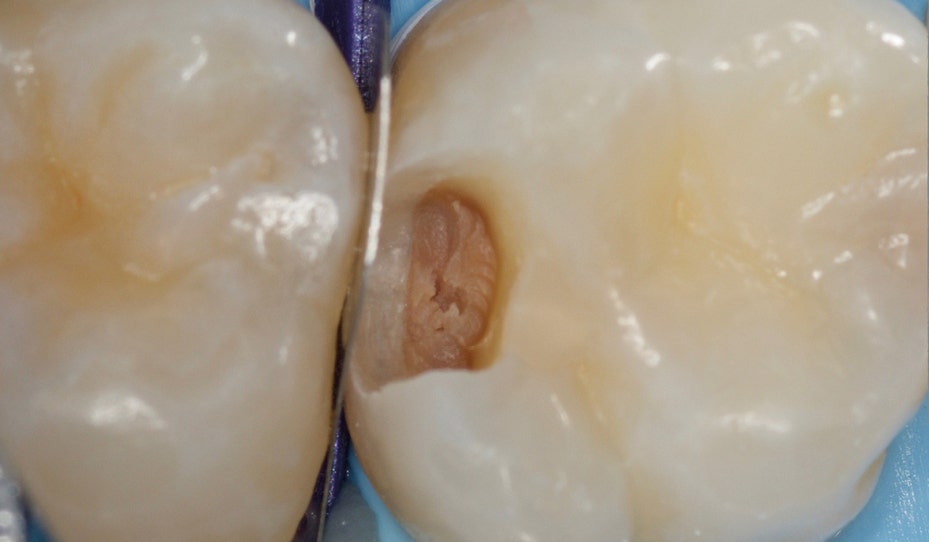
- First phase of removing the proximal enamel.
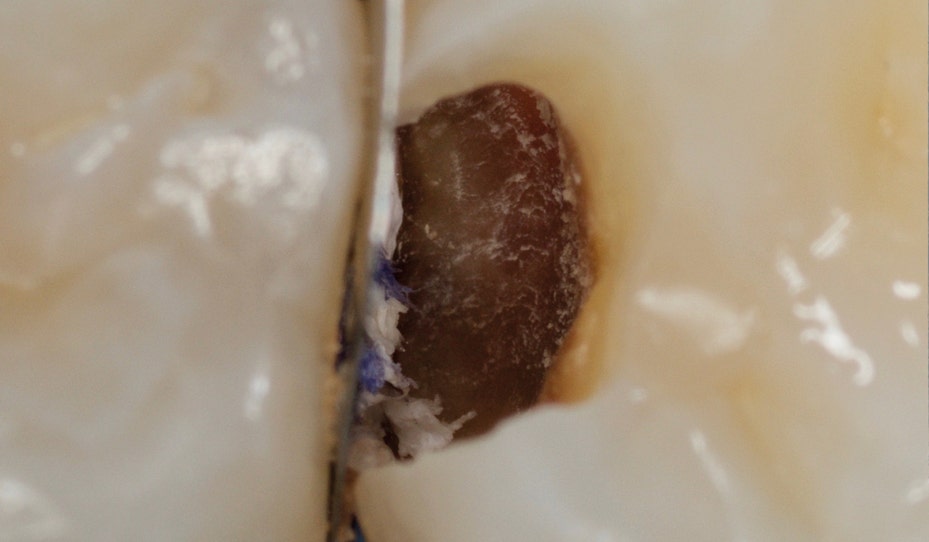
- Removing the unsupported proximal enamel.
- Excavating the softened dentin. The difference in texture in the dentin is visible.
- Note the damage to the protective system, which appears to justify its use.
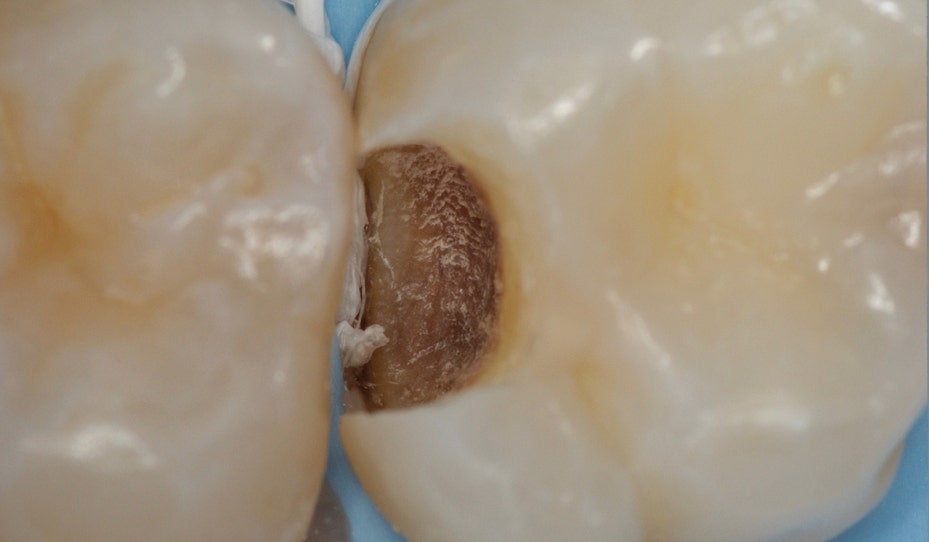
- Cleaned cavity after removing the protection system.
- The current recommendations from the ORCA (European Organisation for Caries research) state that where caries is deep, partial excavation is required but restricted to the softened dentin. With regard to the pulp, work must be carried out to ensure that it is not exposed (Carvalho et al., Caries Res 2016). The successes achieved with this approach outweigh those achieved with complete excavation. In contrast, the cavity edges (enamel and dentin; as per JAD) are treated so that only hard and healthy tissue is present, which is more favorable for marginal contact.
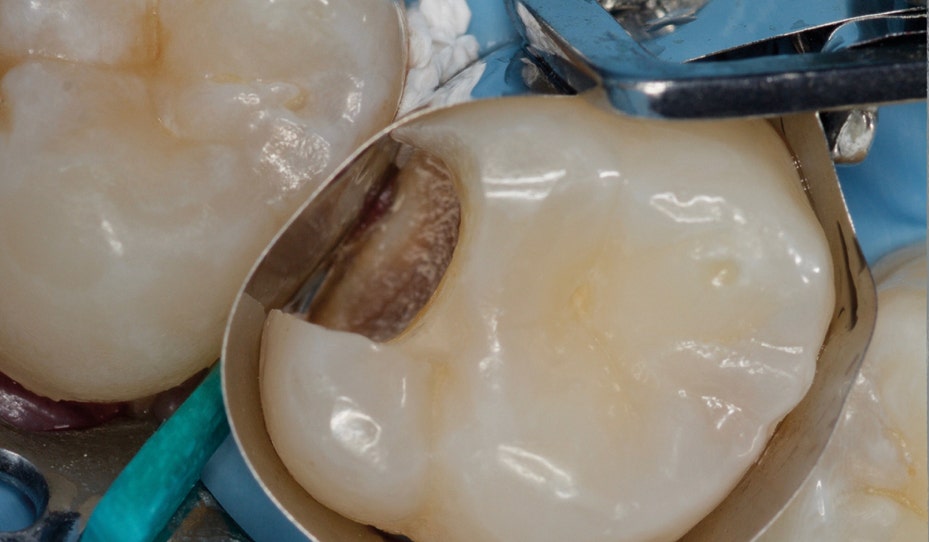
- Positioning a matrix band with box.
- A wooden wedge is used to position the matrix band against the element on the palatal side, while Teflon is used on the vestibular side.

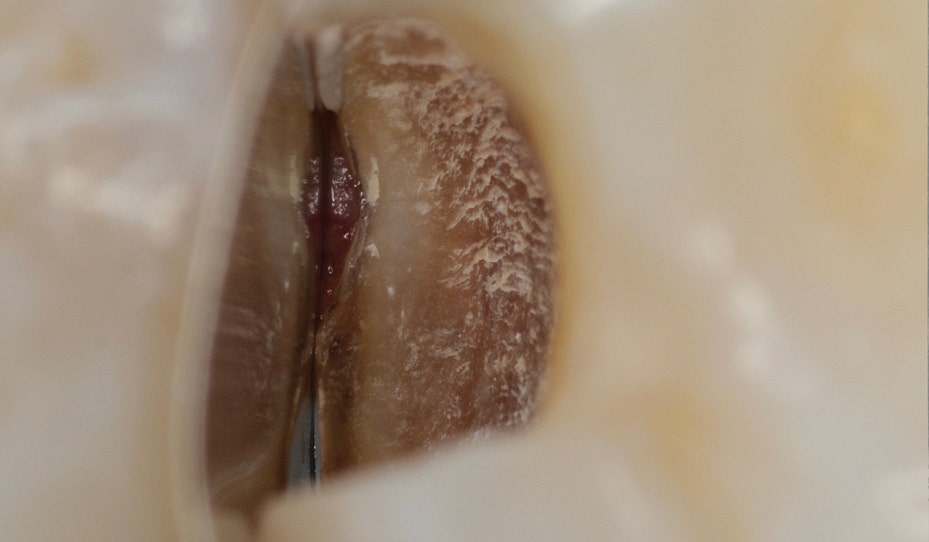
- Contact between the matrix band and the bottom of the proximal cavity.
- The matrix band runs precisely until beyond the edge of the cavity.
- The cavity is deep enough so that the concavity between the root is visible distovestibularly and palatally.
- The connection of the matrix band is incomplete due to the concavity, but the seal that is achieved by the matrix and improved by using Teflon is thereby deemed to be adequate, including as no contamination is observed. The bonding procedure is then begun.
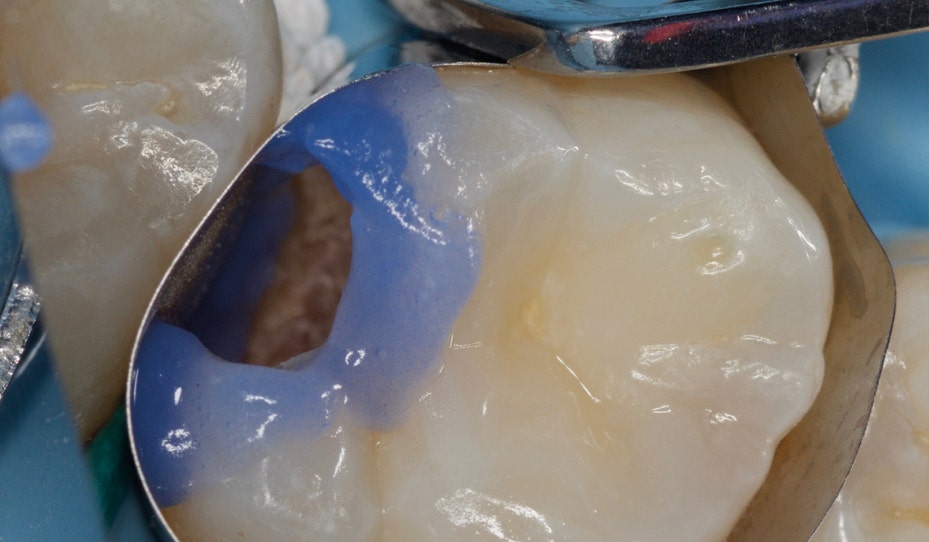
- Selective etching of the enamel with 37% phosphoric acid (K-Etchant Syringe) for 20 seconds, followed by thorough flushing with the multifunction spray.
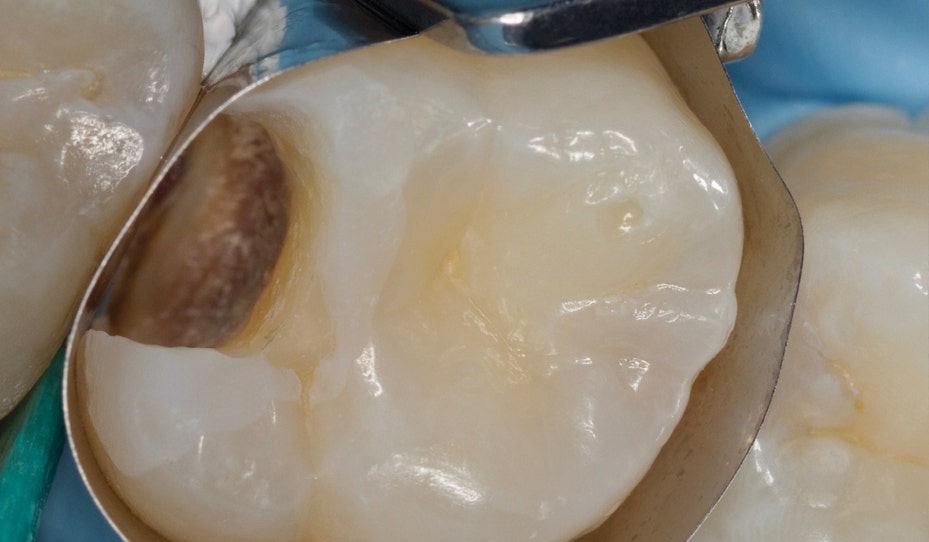
- After drying, the etched enamel has a chalky appearance.
- In this case study, the preferred choice was the type of selfetching adhesive system used here (CLEARFIL™ SE BOND). This is because the technology used appears to have a favorable outcome when used on eroded dentin, thanks to the ability of MDP to bond chemically to calcium in the partially demineralized dentin (Perdigao, Dent Mater 2010).
- This procedure was chosen to create an optimum bond.
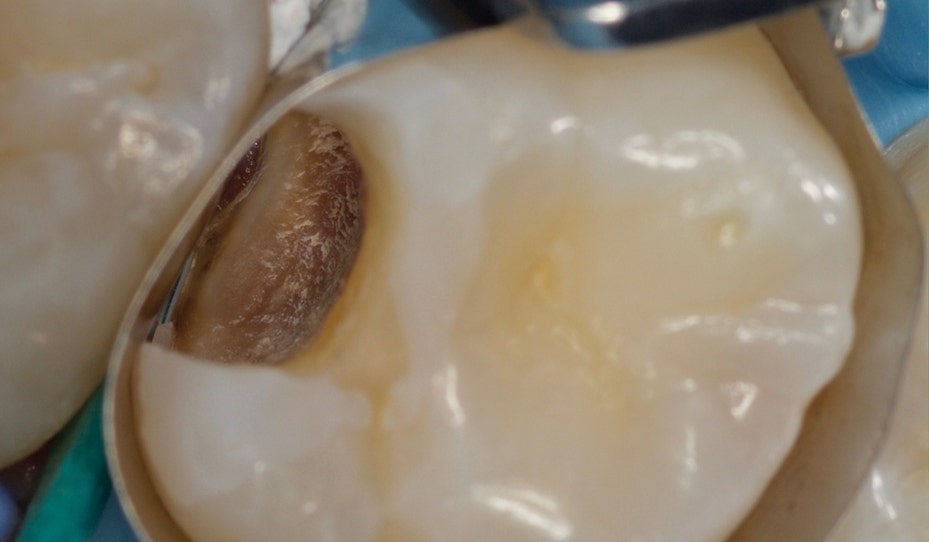
- It is clearly visible at the height of the cavity edge that the excavation extends to the hard dentin. In the axial section, excavation is limited to as far as the soft dentin to reduce the risk of exposing pulp.
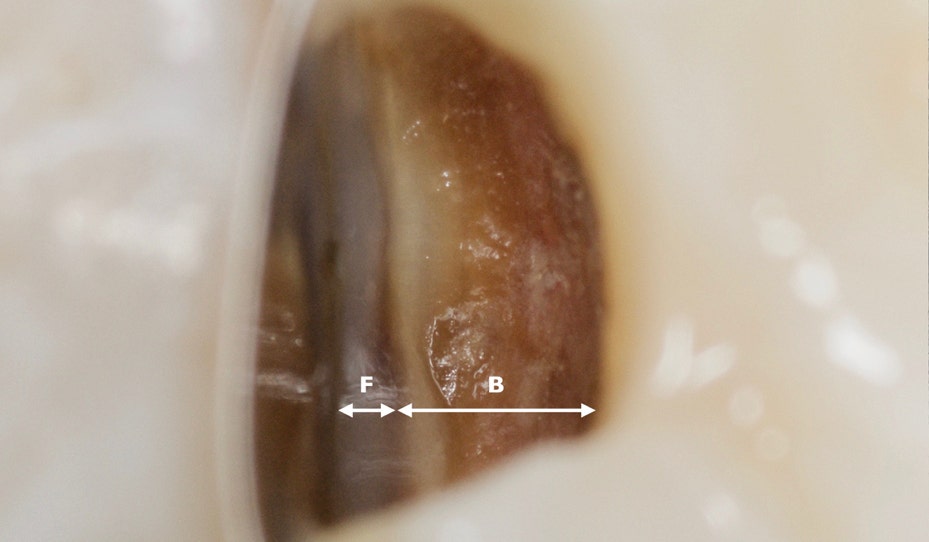
- Applying the self-etching primer to the dentin for 20 seconds, followed by drying.
- Applying the bonding (B), followed by light curing for 10 seconds.
- Applying a small amount of flowable composite (F) (e.g. CLEARFIL MAJESTY™ ES Flow), restricted to the interradicular concavity.
- Note the change in the appearance of the dentin, from matt to glossy.
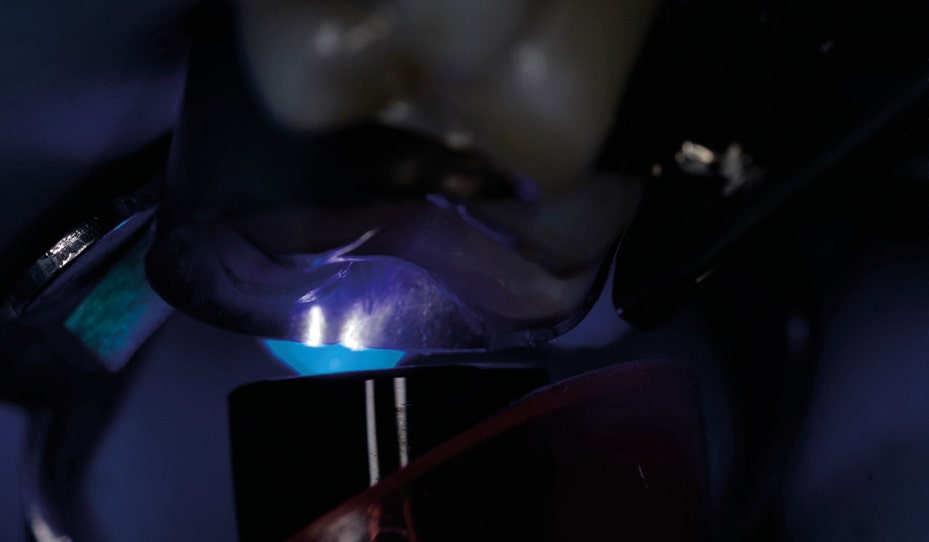
- Positioning a horizontal layer of composite (max. 2 mm) to raise the proximal margin.
- Light curing of each layer with an output of 1,000 mW/cm2 for 20 seconds (Leprince et al., Oper Dent 2010).

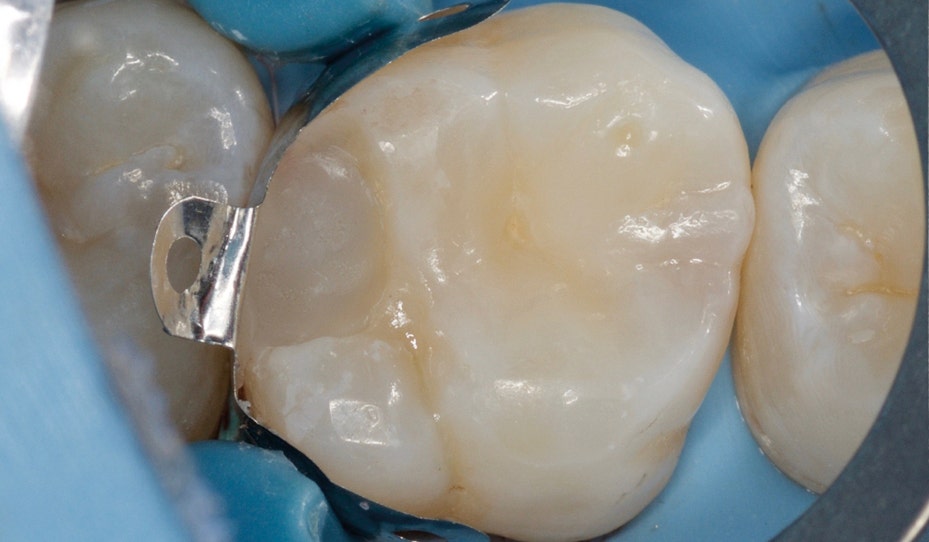
- Positioning a sectional matrix, in conjunction with a separating ring and a wooden wedge, to achieve an accurate anatomy of the proximal restoration.
- The composite is positioned by adding successive 2-mm layers (the number of bonded surfaces must be minimized).

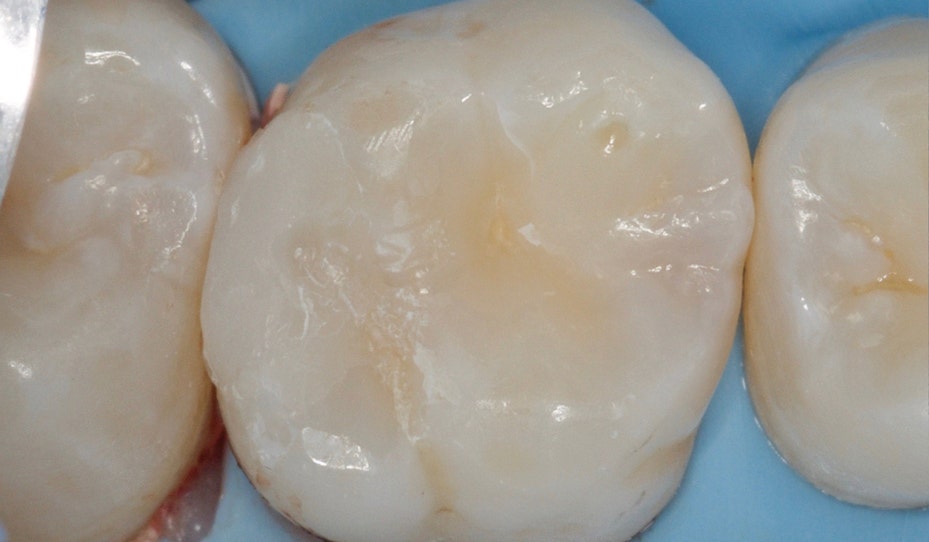
- After removing the matrix band, defects can be observed in the shape (slight oversize); this should be corrected carefully with a curved scalpel and/or the drill.
- A paro curette is used, in conjunction with floss wire and a fine abrasive strip, to remove any excess adhesive, for example.

FINAL SITUATION
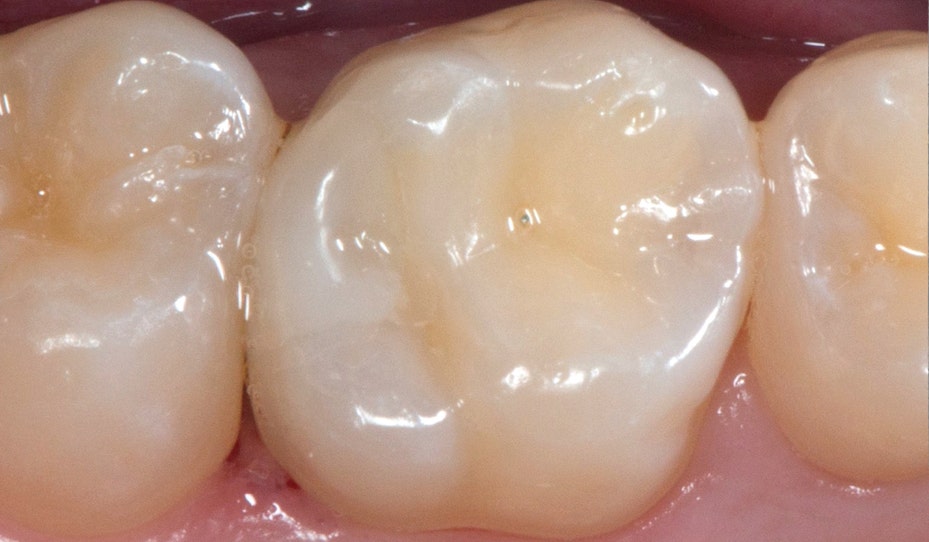
- Correcting the anatomy is followed by adjustment of the occlusion and polishing.
- The composite chosen for the restoration (CLEARFIL MAJESTY™ Posterior) has a high filler loading (weight percentage of inorganic filler >80%), which produces an elasticity modulus of >16 GPa; this is comparable to the elasticity modulus values reported for dentin (Randolph et al., Dent Mater 2016).
Dentist:

JULIAN LEPRINCE
UCLouvain
Julian Leprince studied dentistry at UCLouvain, and is now head of the division of Conservative Dentistry & Endodontics at Cliniques universitaires Saint-Luc (Brussels, Belgium), associate professor at UCLouvain and head of the DRIM research group (www.drim-ucl.be).
- 24 sept. 2020
